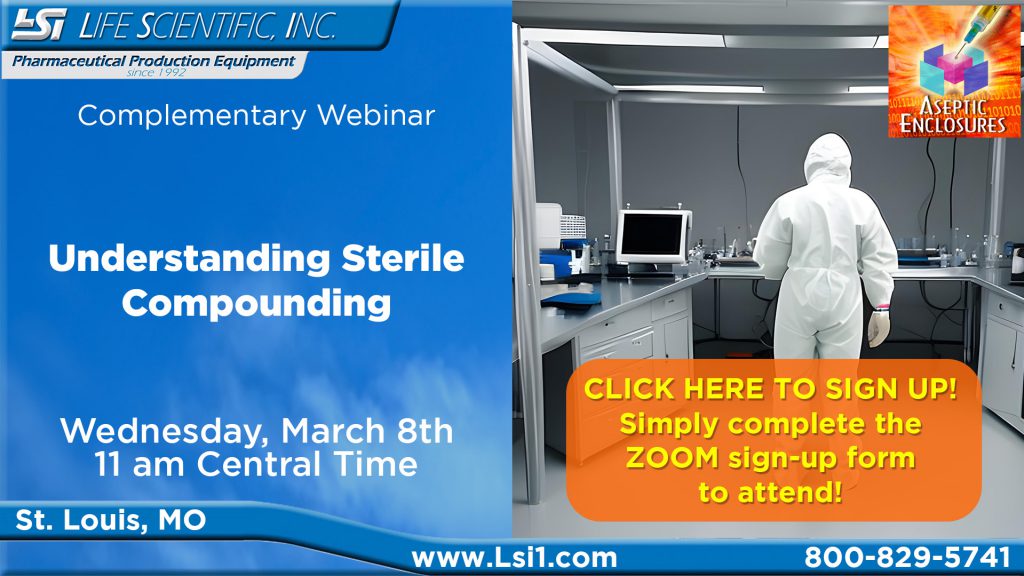Whenever new standards or regulations are put in place, it’s important to understand who developed them, what they are, and why they were developed. The goal of the United States Pharmacopoeia (USP), the organization behind USP <800>, is “to improve global health through public standards and related programs that help ensure the quality, safety, and benefit of medicines and foods.” This same organization also sets standards for general pharmacy practice.
USP standards are divided into “chapters.” For example, USP <795> addresses non-sterile extemporaneous compounding of pharmaceuticals you might see in your local pharmacy, such as suspensions, creams, and suppositories, and USP <797> sets compounding, preparation and administration standards that help maintain integrity and sterility for injectable products. These two chapters are focused on ensuring that patients receive consistent, high-quality sterile products. USP Chapter 800 (USP<800>) serves as an umbrella over these earlier standards by focusing on hazardous drugs and related concerns surrounding occupational safety.
USP <800> describes “practice and quality standards for handling hazardous drugs” for the safety of patients and staff. It defines handling as “including, but is not limited to, the receipt, storage, compounding, dispensing, administration and disposal of sterile and nonsterile products and preparations.” It applies to all healthcare personnel who handle these drugs and all locations that store, manipulate or administer them, including “pharmacies, hospitals and other healthcare institutions, patient treatment clinics, [and] physician practice facilities.” These standards may be enforced by a number of organizations who have regulatory authority, including OSHA and/or FDA inspectors for clinical trials, in addition to any state regulators.
Creating a safe workspace action plan
After your practice has gained an understanding of the USP <800> standard and assessed your risk, the next step to creating a safer workspace is to develop an action plan. Your action plan should include these four key components:
- Facility
- Policy and procedure
- Orientation and training
- On-going monitoring
Although much emphasis is placed on the facility aspect because of the potential structural changes required and their associated costs, your action plan should involve more than just physical upgrades to the office itself. Each of these aspects is equally critical for creating a safe working environment.
Facility – Facility requirements for USP <800> compliance include negative pressure, air changes, and externally venting the Engineering Controls. These building upgrades require cooperation between our HVAC professionals, architects and your facility team. With a lot of projects in house for both USP <800> and USP<797> standards, we have a well seasoned team that can help you become compliant without breaking your budget.
Policy and Procedures –Our processes for receiving, unpacking, handling, mixing, transferring, administering and managing hazardous materials inside of your pharmacy like no others in the field. On a project that we were involved with, we have encountered a pharmacy technician that was placed under medical surveillance due to opening a transportation box with HDs that had a broken or cracked vial. This experience of ours made us extremely sentimental and pre cautious when considering shipping and receiving of HDs.
Education and training – Once written policies and procedures are in place, the next critical step is communicating them to your staff so that they are aware of them and understand them.
Monitoring – Whatever is measured can be improved upon, so on-going monitoring is critical to make sure standards continue to be upheld. This may include regular observation of those mixing chemotherapy, surface testing, and baseline testing of employees that are at high risk for exposure.
Understanding how to create a safe working environment that minimizes risk of exposure to hazardous materials is only half the battle. Aseptic Enclosures

